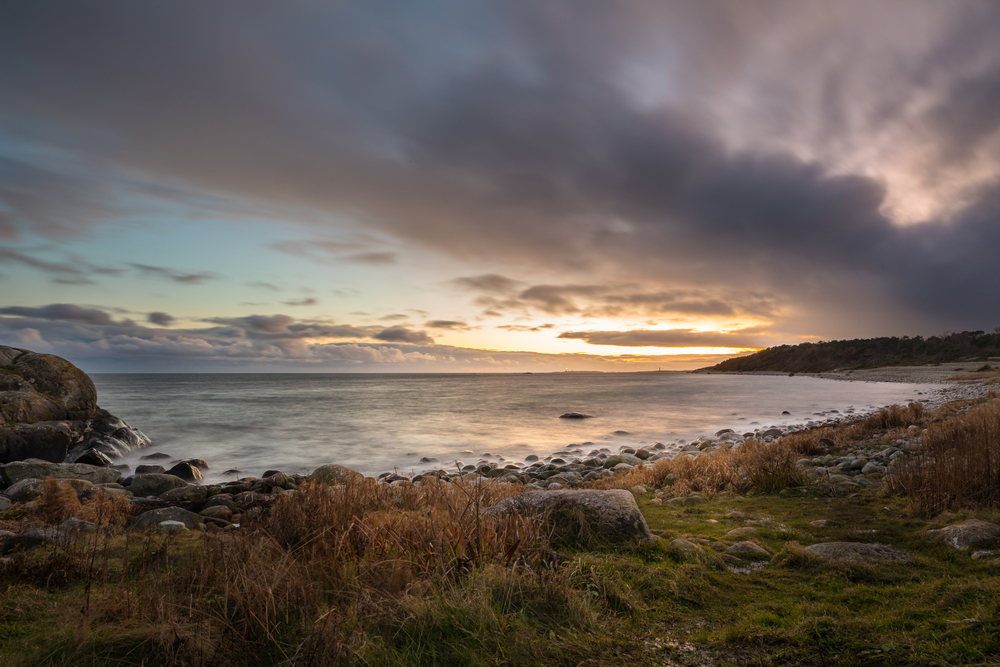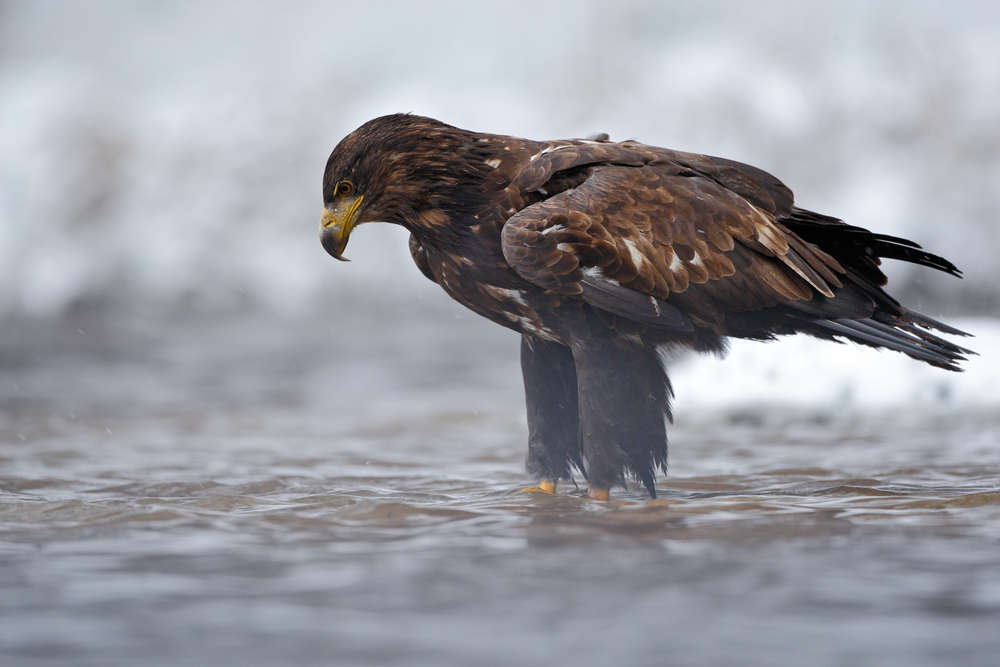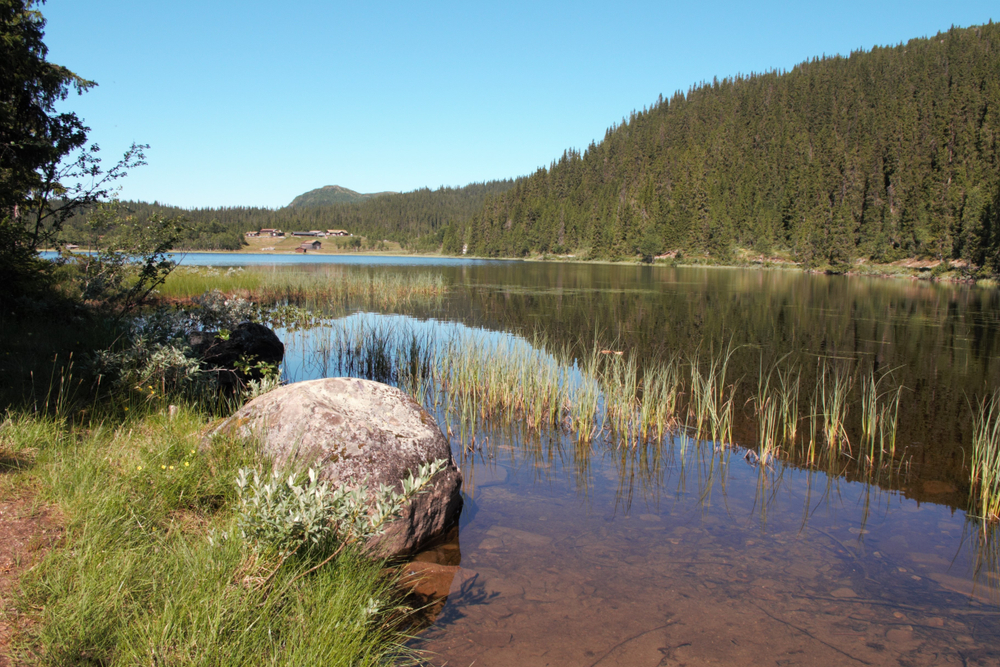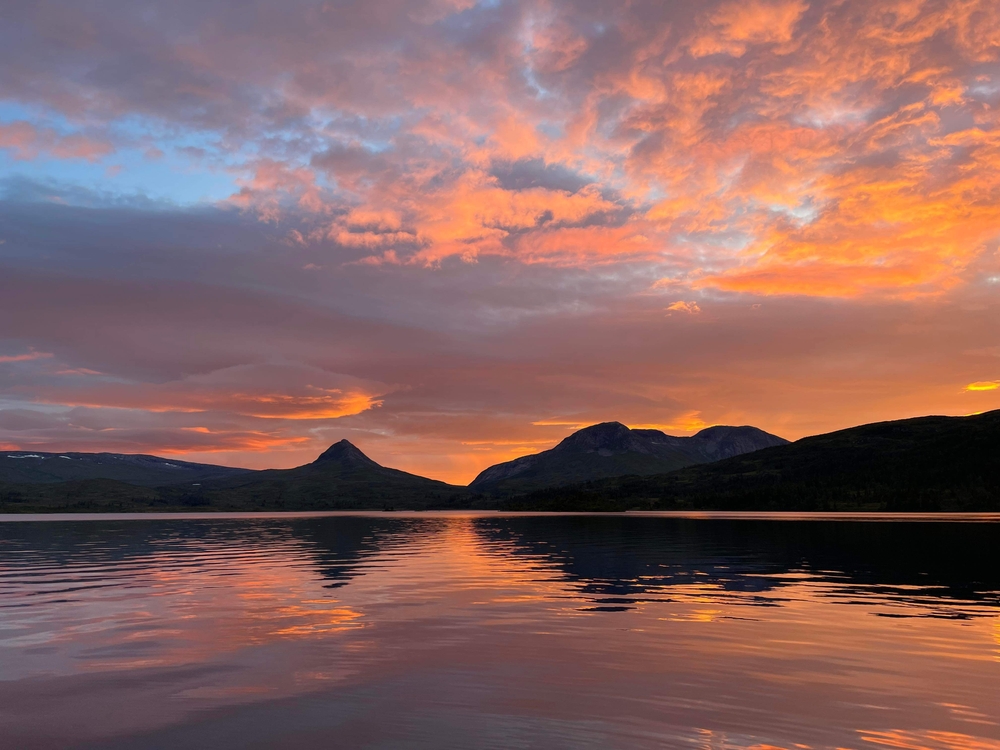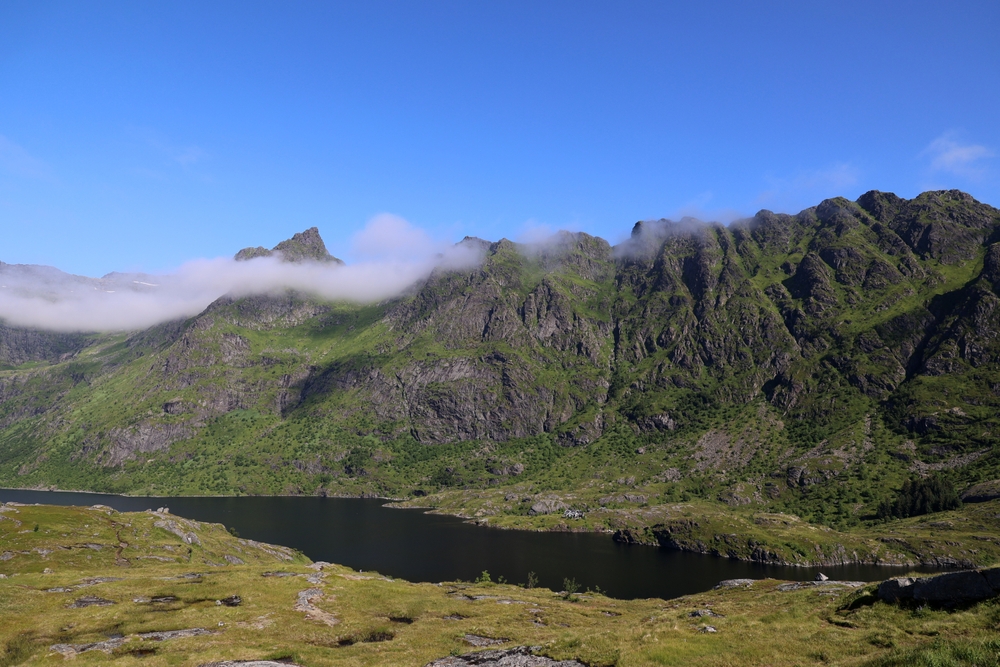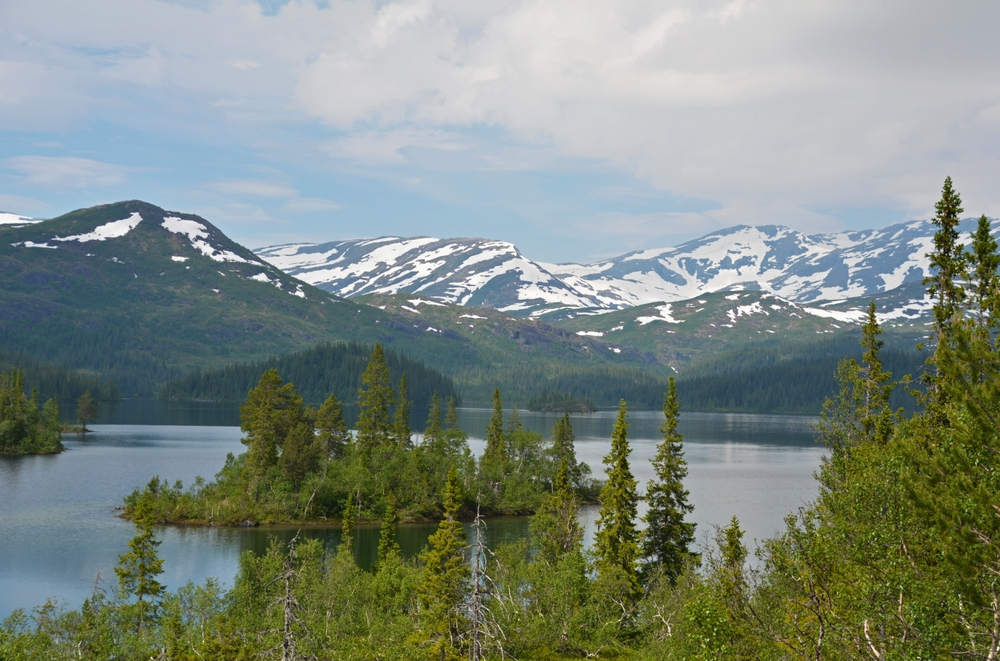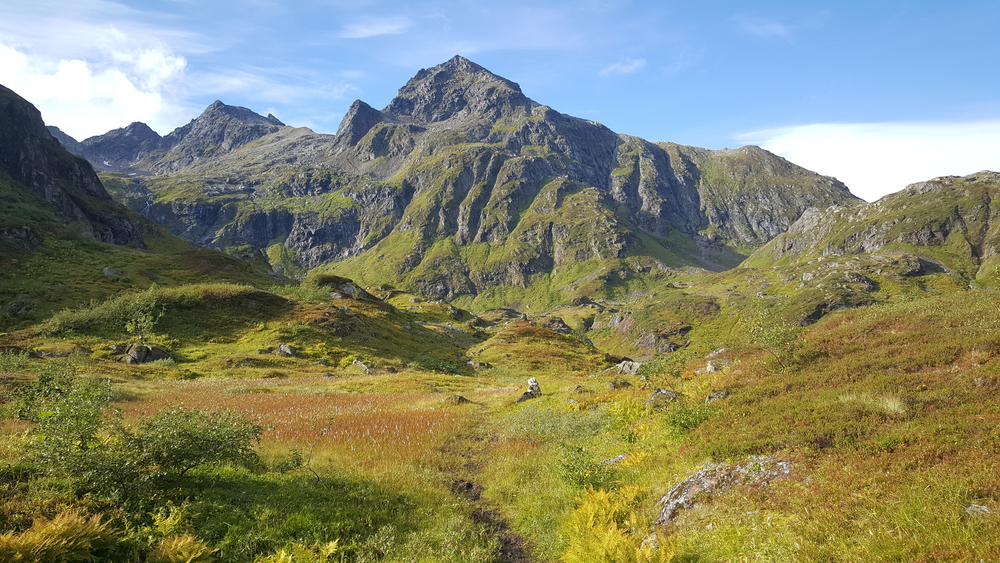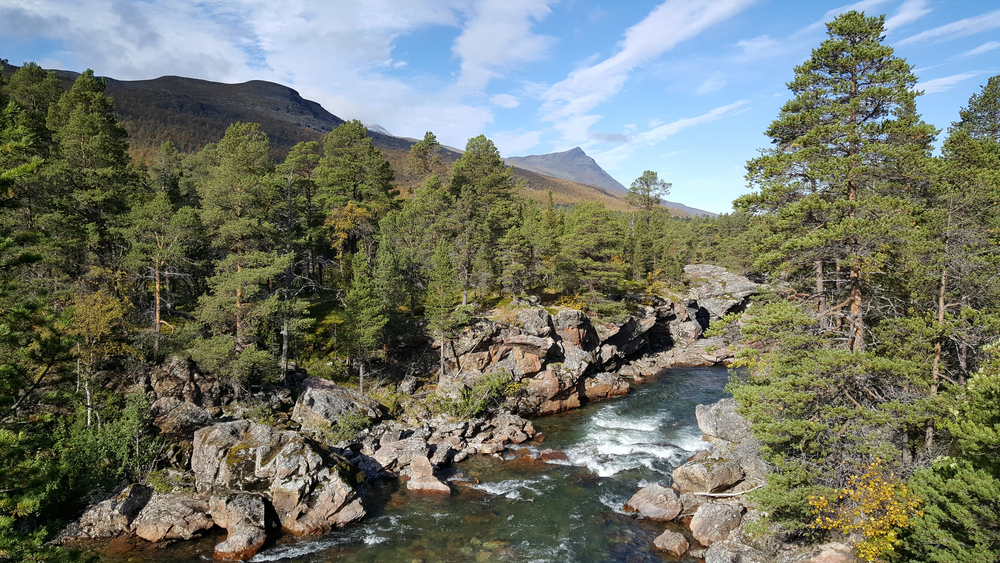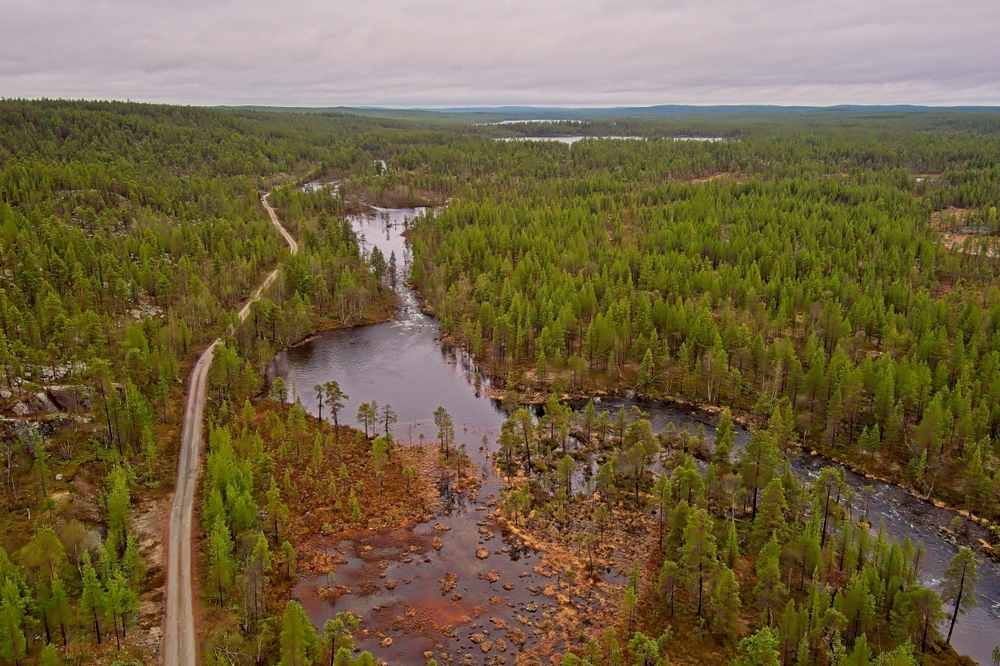Raet Overview
Raet National Park, known as Raet nasjonalpark in Norwegian, is a stunning coastal park located in southern Norway in Agder County. Covering approximately 107 square miles (278 square kilometers), it stretches along the coastline of the municipalities of Arendal, Grimstad, and Tvedestrand.
Established in 2016, this relatively new national park was created to protect Norway’s largest geological formation of rolling glacial deposits, known as raet, which was left behind after the last Ice Age. The park features a rich blend of marine and terrestrial environments, making it an important conservation area for both wildlife and natural landscapes.
The park’s terrain is defined by its coastal and marine landscapes, with a diverse combination of rocky islets, sandy beaches, and smooth, weather-worn skerries. The hallmark of the park is its moraine landscape, formed by retreating glaciers that left behind ridges of stones and gravel.
These formations create a unique and ever-changing shoreline, which is continuously shaped by the force of the sea. Vegetation varies from low-lying coastal heaths and salt-tolerant plants to mixed woodlands further inland, providing diverse habitats for various species. The shallow waters around the islands and mainland are rich with kelp forests, eelgrass meadows, and coral reefs, contributing to a highly productive marine ecosystem.
Wildlife in Raet National Park is abundant, particularly in its coastal and marine environments. Birdlife is one of the park’s highlights, with numerous seabird species such as common eiders, black guillemots, and Arctic terns nesting on the islets. The park is also an important stopover for migratory birds, making it a haven for birdwatchers.
Among the mammals that can be found in the park are European otters, which thrive along the coast, and harbor seals that are frequently spotted basking on the rocky shores. The marine waters are home to various fish species, shellfish, and crustaceans, attracting both commercial and recreational fishers. The kelp forests support an array of marine life, including sea urchins and starfish, while porpoises and the occasional orca can be seen offshore.
Visitors to Raet National Park are drawn to its unspoiled landscapes and opportunities for outdoor recreation. The park is popular for kayaking and boating, as its archipelago of islands and skerries offers excellent conditions for paddlers of all skill levels. Hiking trails run along the coastline, providing scenic views of the rugged shores and clear blue waters.
Swimming and snorkeling are also common activities in the park’s sheltered coves, where the rich underwater life can be observed. Anglers enjoy fishing in the park’s waters, with opportunities to catch cod, mackerel, and other species. Due to its well-preserved natural beauty, the park is also a favorite among nature photographers seeking to capture the dramatic seascapes and diverse wildlife.
Conservation in Raet National Park focuses on preserving its fragile coastal and marine ecosystems. One of the key challenges is balancing human activity with environmental protection, as increased tourism and recreational use can pose threats to bird nesting areas and marine habitats. The presence of invasive species, such as the Pacific oyster, also poses ecological concerns.
However, conservation efforts, including habitat restoration and sustainable tourism initiatives, have been implemented to mitigate these challenges. The park’s management emphasizes responsible outdoor activities, and guidelines are in place to protect vulnerable species and landscapes. Through continued conservation work, Raet National Park serves as a model for marine and coastal preservation in Norway, ensuring that its natural beauty remains intact for future generations.








































































